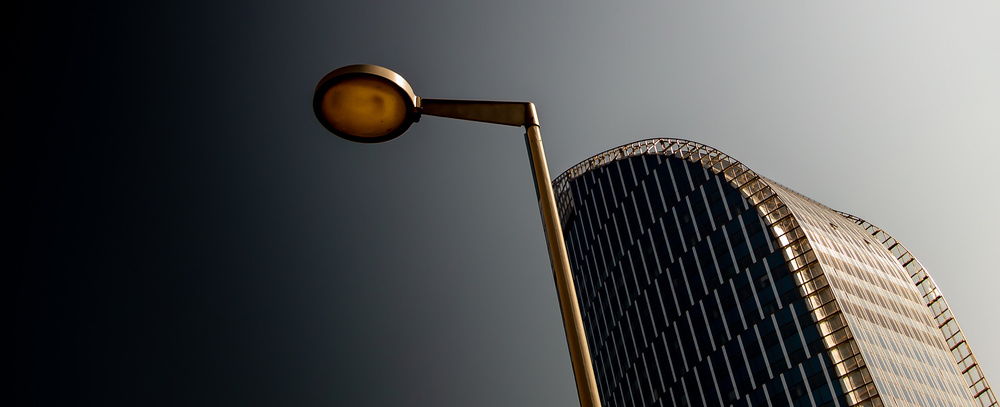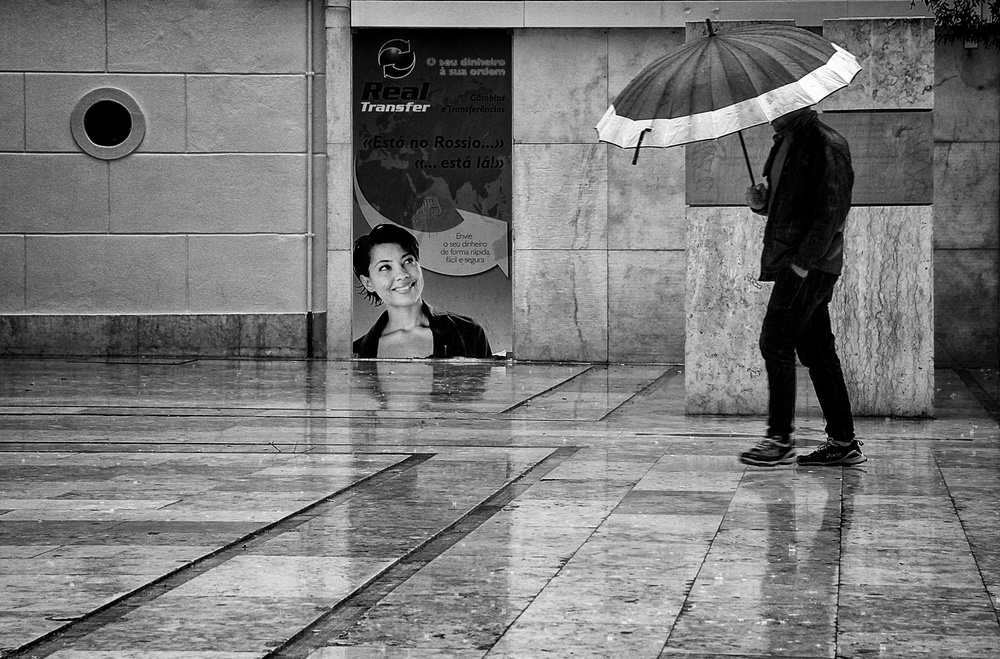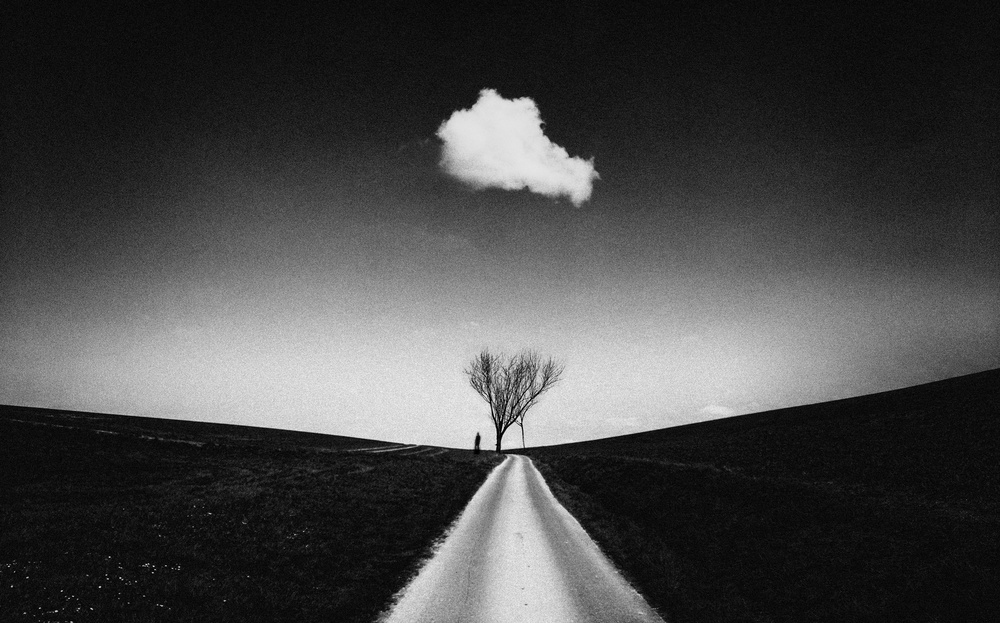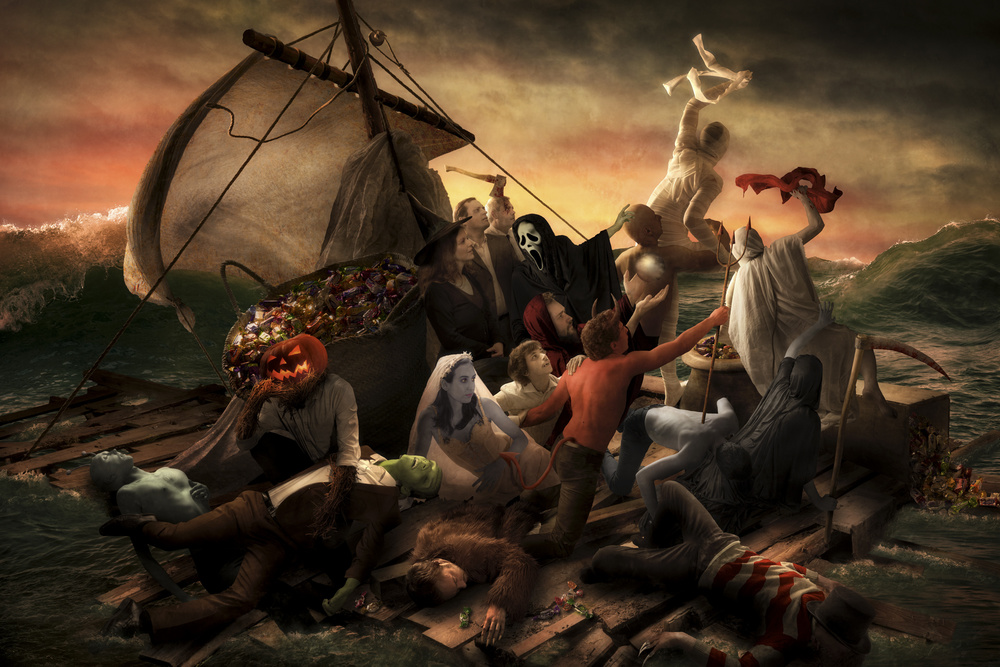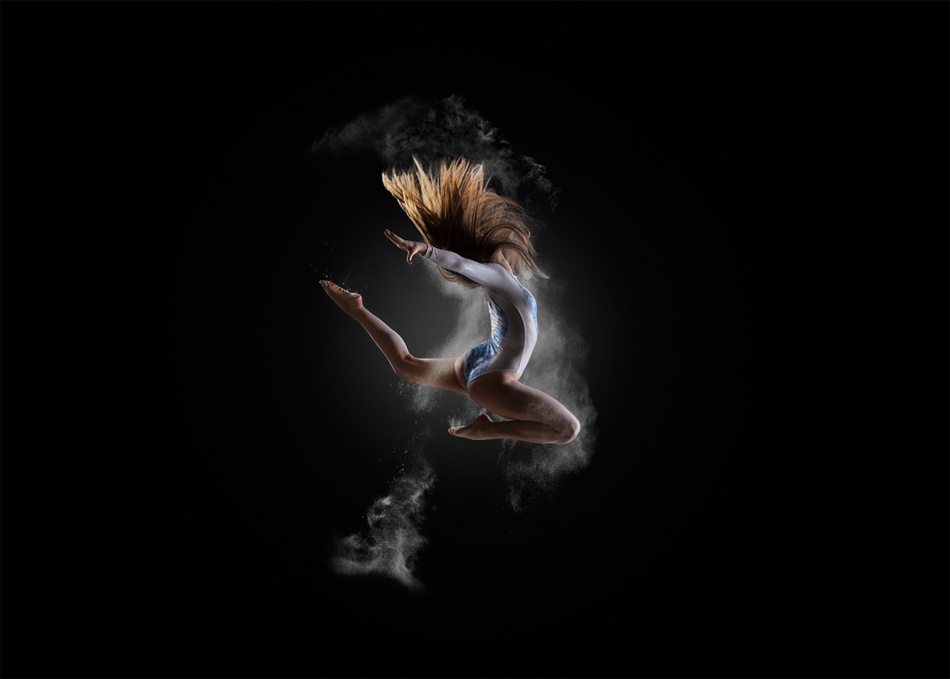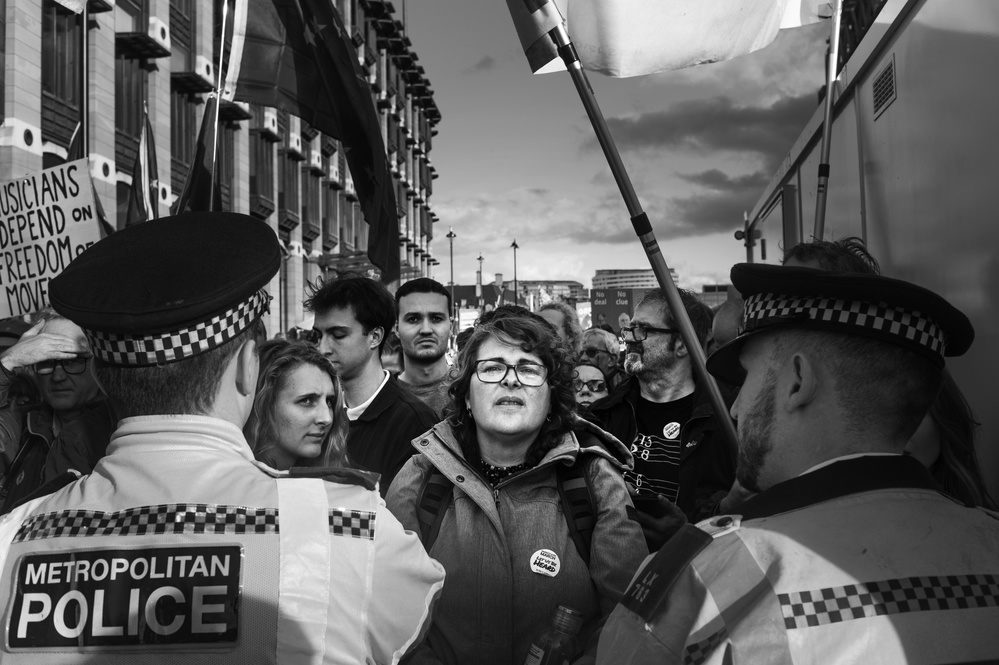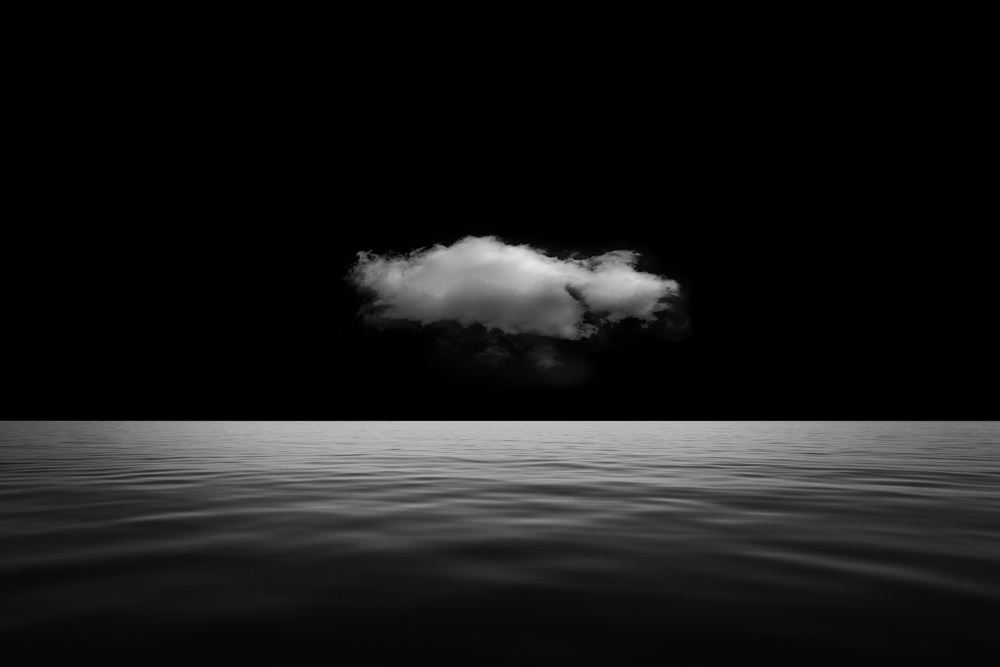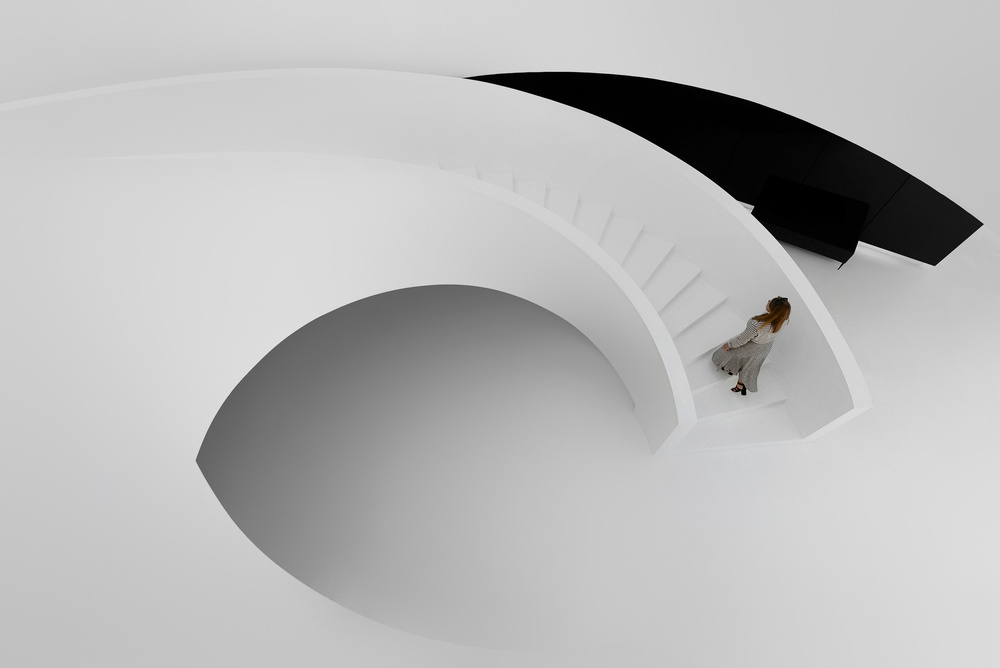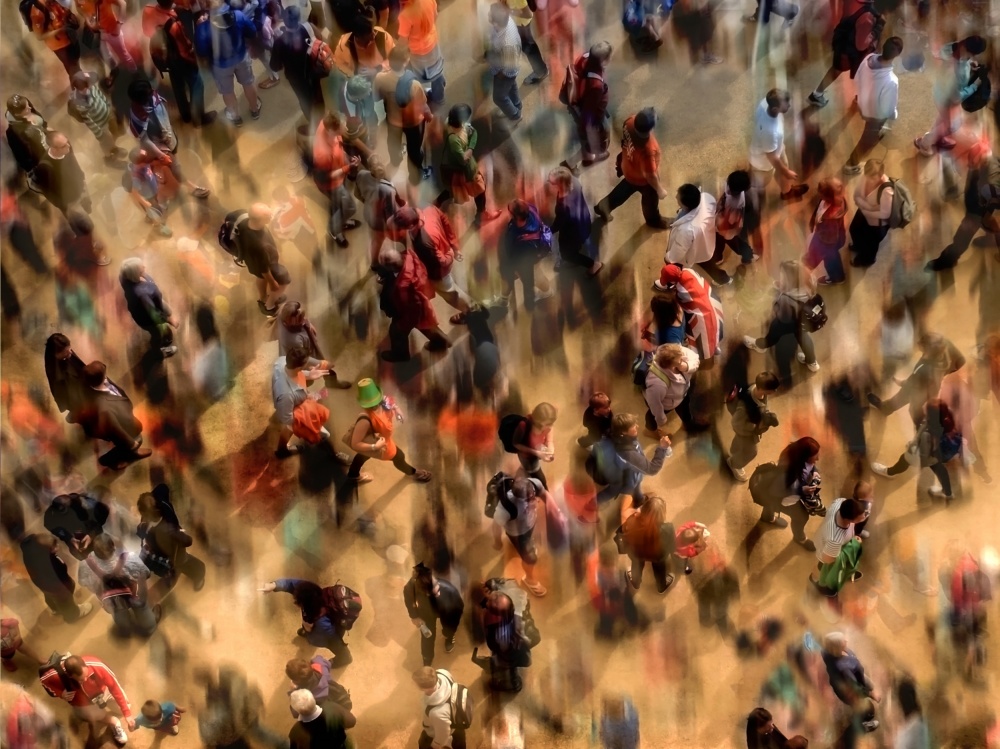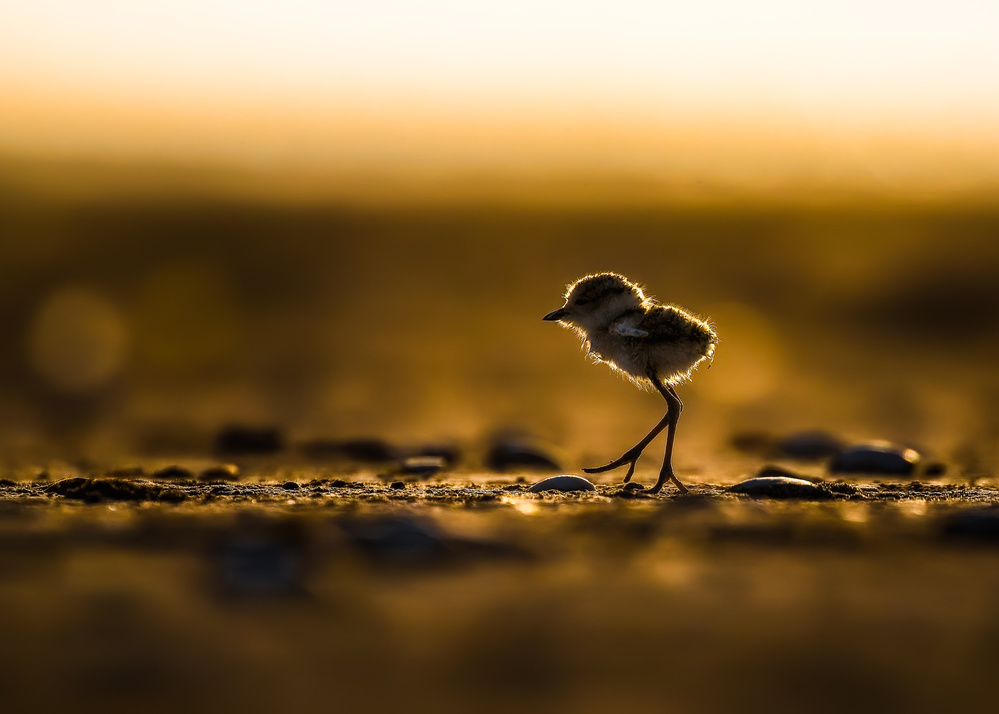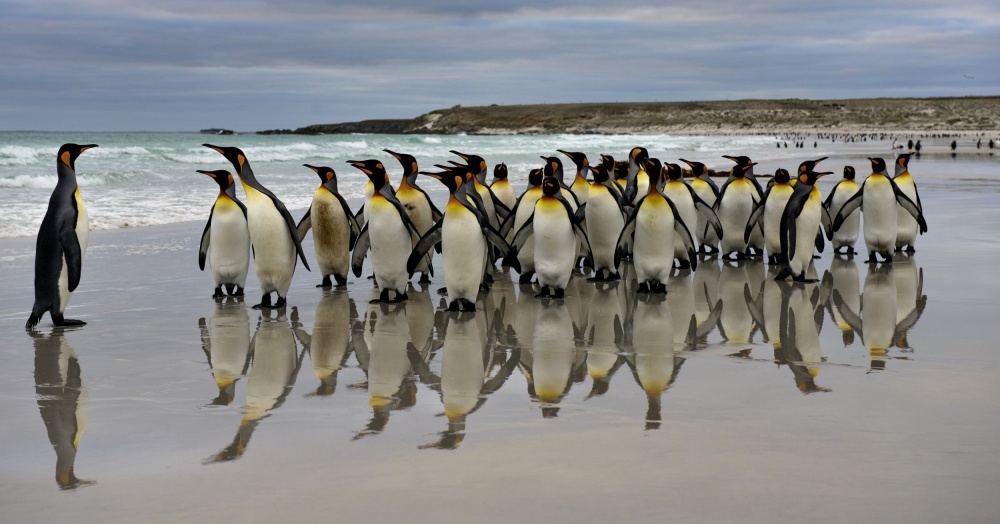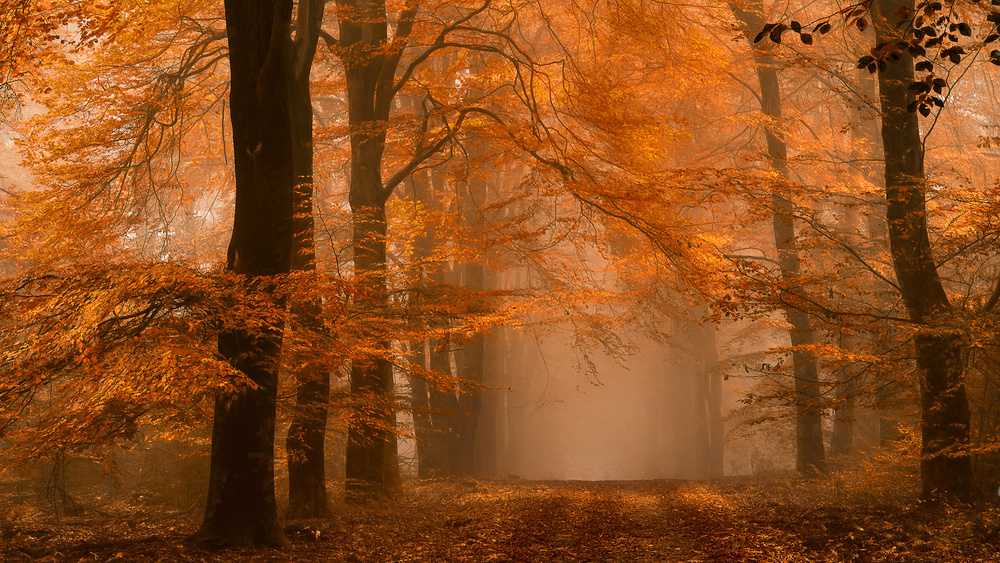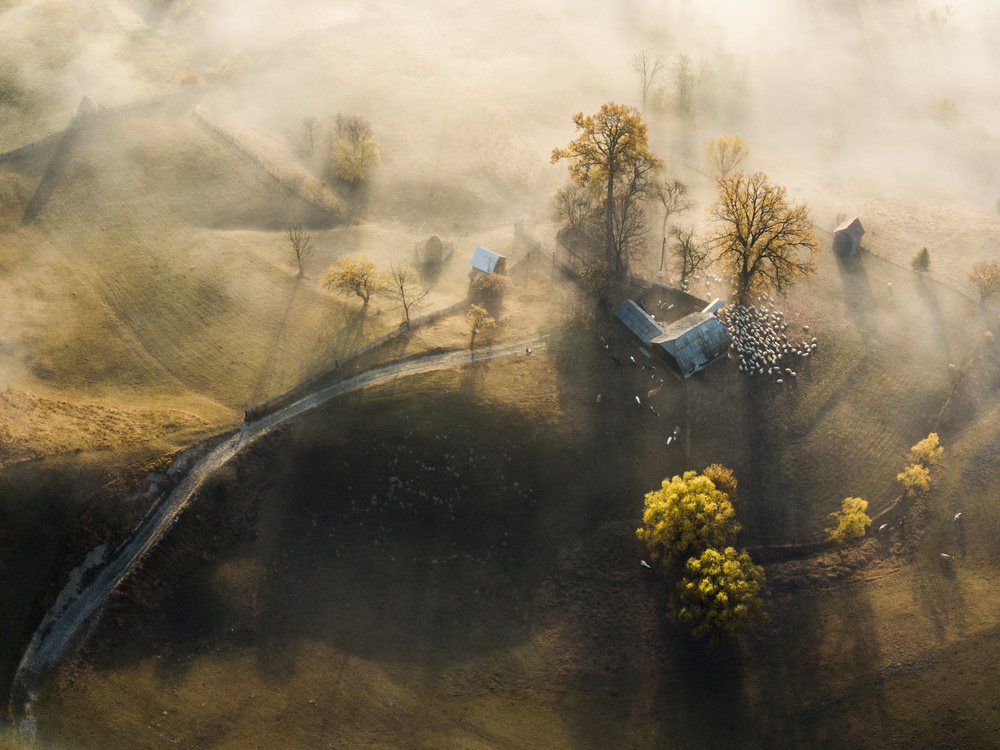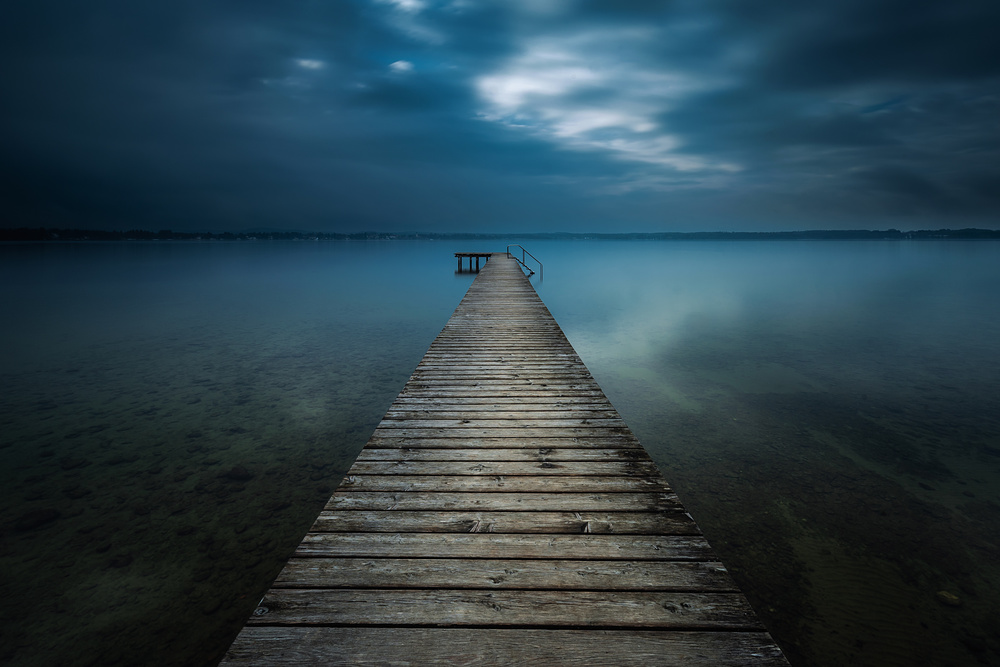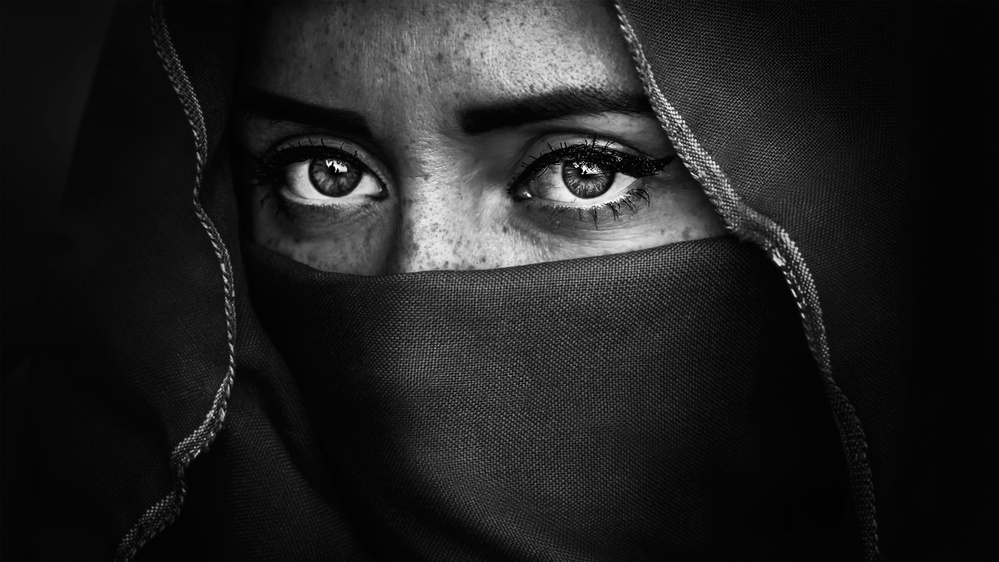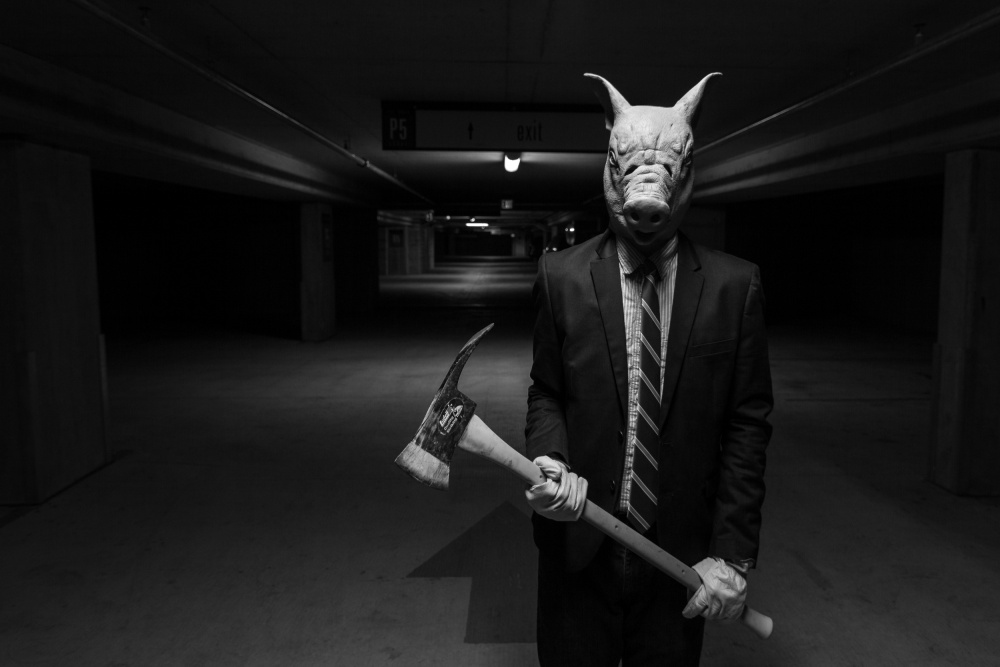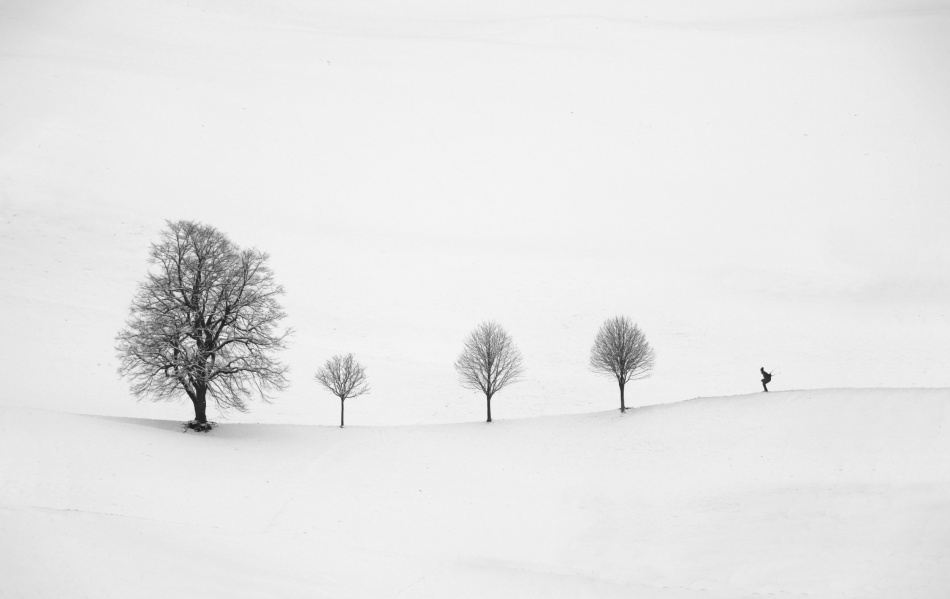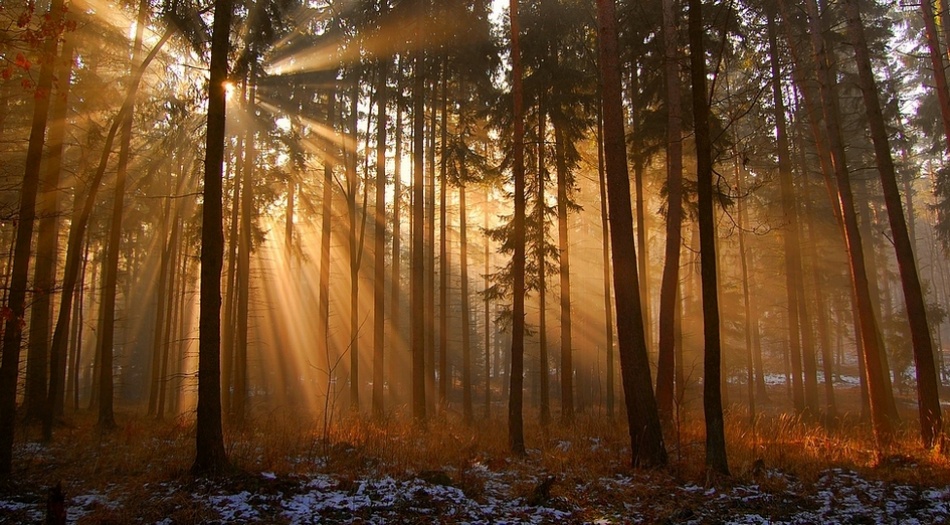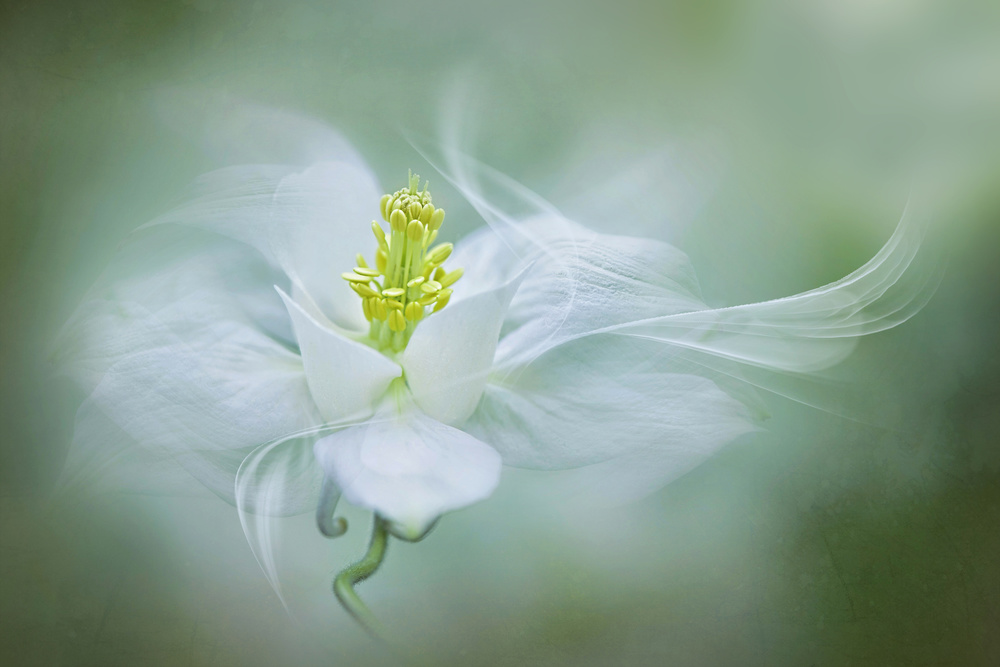Tips & Tricks
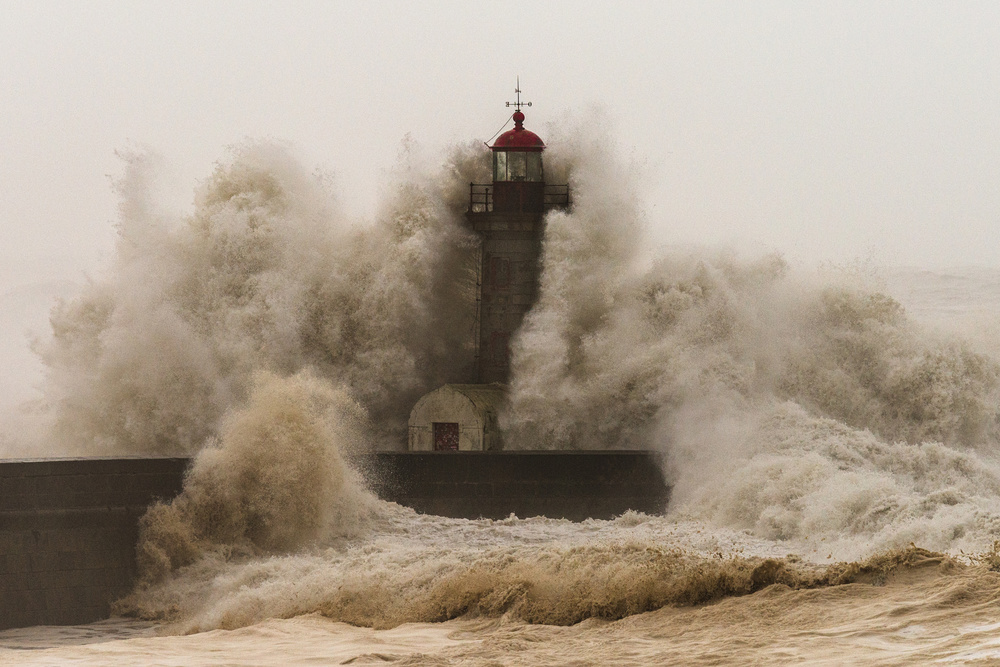
When the storm strikes
1x Blog-Tips & Tricksby Editor Marius Cinteză

'When Elsa arrives' by Ricardo Leal
Nikon D800 . Tamron 70-200mm . 200mm . 1/3200s . ISO400 . f/5.6
Ricardo Leal is a 45 years old photographer, originated in Rebordosa (Portugal) and an Industrial Engineer by profession. He loves the trips along the beach since he was a little child, but recently he felt that he needs to share the magnificent coast landscapes he was seeing around, being impressed by the power and energy of the ocean waves. That was the moment when the photography came into his life and since then he is sharing in his compositions the imposing beauty of the ocean coasts.
Ricardo, your image "When Elsa arrives" is very powerful and dramatic. What is the story behind this work?
On December 21st (2019) the Elsa storm passes Portugal and I knew that the sea would have huge waves, which could cause great splashes over the lighthouse building. Then, on the Sunday morning of December 22nd I went to the lighthouse hopping that it wasn't raining so that I don’t have to restrict myself to a single location only and that the direction of the waves would be the right one. When I arrived in the first place, I started using my Nikon D800 with the Nikon 80-400 f/4.5-5.6 lens. After some photos taken, I was forced to step back and climb the wall not to get my feet wet by a stronger wave who passed the wall and the protections purposely placed by civil protection, and then even crossed the road. I then backed up more close to the Jardim do Passeio Alegre. After a new strong wave, the police withdrew their protection, forcing me to relocate again. I was about to give up when I thought to myself: “since I’m here, let’s take one or two more photos to try the Tamron 70-200 f/2.8”. It was not one or two, but a few more eventually. It ended up happening a sequence of spectacular and quite strong waves in the right direction so that I was able to capture these photos!
Can you please tell us more about the place where this impressive photo was taken?
The Felgueiras Lighthouse is located at the mouth of the Douro River, in the city of Porto, Portugal. It is a well-known place and tourist spot in the city. I go there quite often because it provides a wide variety of photography opportunities such as sunset scenery, street photography, the activity of fishermen and winter seascape, as seen in the photo “When Elsa arrives”.
I have noticed that some other spectacular images from your portfolio within the same location already published in 1x.com gallery. What makes you attracted to this kind of the photography?
What attracts me in photographs like “When Elsa arrives” is the power of storms. In this case, we see huge waves hitting a 134 years old lighthouse that resists with all its beauty. It is an impressive atmosphere in this place within these weather conditions: the cold, the wind, the rain, the smell of the sea and the sound of huge waves hitting the lighthouse, with the water splashes reaching altitudes above 20 meters! The impact of the wave hitting the lighthouse causes the water to splash all around. It is incredible to see the water almost embracing the secular lighthouse!
Can you explain more about your workflow and technique you used to shoot this amazing storm scene?
Technique is the simplest as it can be. First, I try to make the best possible framing with a zoom lens (focal length preferably around 200mm), allowing a crop in editing phase if necessary. I use a high speed (in this case 1/3200s), so that I can freeze the movement of the water. Since the sky is overcast, it becomes easy to set the correct exposure. Then, in the editing phase of the photo, correcting the light and contrasts are the main performed actions.
Can you reveal us what was going through your mind in front of such surreal beauty?
Although I am photographing the scene I see through the camera, feeling the wind and hearing the sound of the sea, moves me and makes me think reverently to the power of the waves and also to the majestic resistance of a building that is over a hundred years old! These storms have become more and more frequent and intense, reminding us of the climate changes that we are suffering and that we urgently need to do something for our dear and beautiful planet!
Thank you so much, Ricardo!
Good light!

